Image Gallery: Combat Sports in Ancient Rome
Mixed Martial Arts

A new inscription reveals that a Roman city in Turkey, Oinoanda, turned to a mixed martial art champion named Lucius Septimius Flavianus Flavillianus to recruit and deliver soldiers for the empire’s army. It is written in Greek.
Champion Athlete

Flavillianus was so successful that he was deified after his death, with statues being erected his memory. The inscription was carved onto the base of a statue of him. This base was discovered in 2002 in the city’s agora, a central public space.
Origins in Greek Sports

Flavillianus excelled at two sports, wrestling and pankration, winning victories in Athens, Argos and Neapolis. Both of these sports have roots in ancient Greece.
Roman Empire
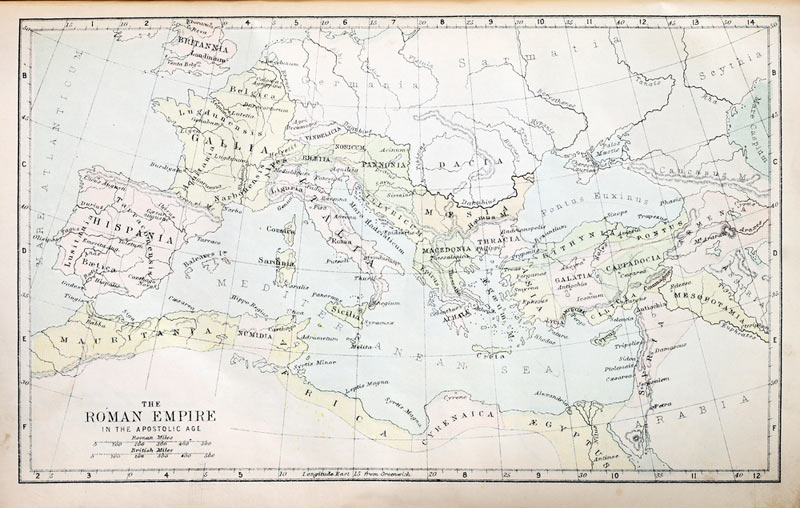
By the third century A.D., Greece and was part of the Roman world; however its culture lived on and Greek-speaking inhabitants of Turkey kept up these athletics.
Greek vs. Roman Sports
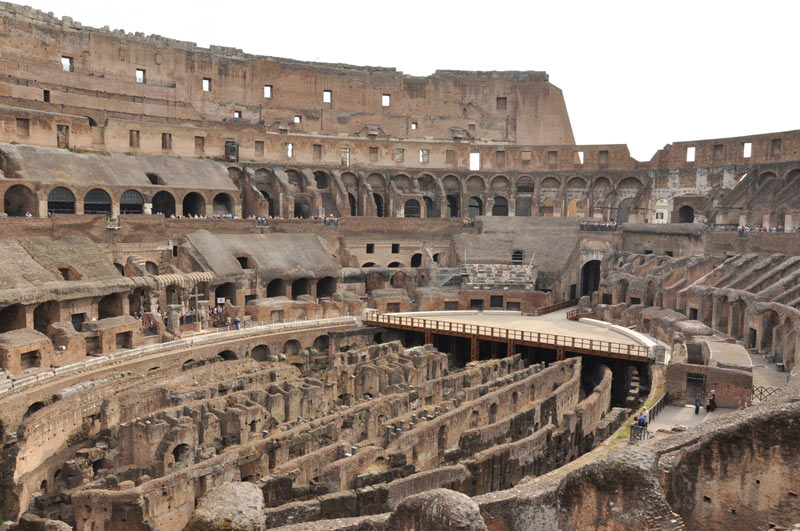
One notable difference between the Roman and Greek sports is that while the famous Roman gladiator matches tended to be fought by slaves, in Greek sports the competitors were typically free individuals. Flavillianus was actually a Roman equestrian, a man of some wealth.
Anything Goes
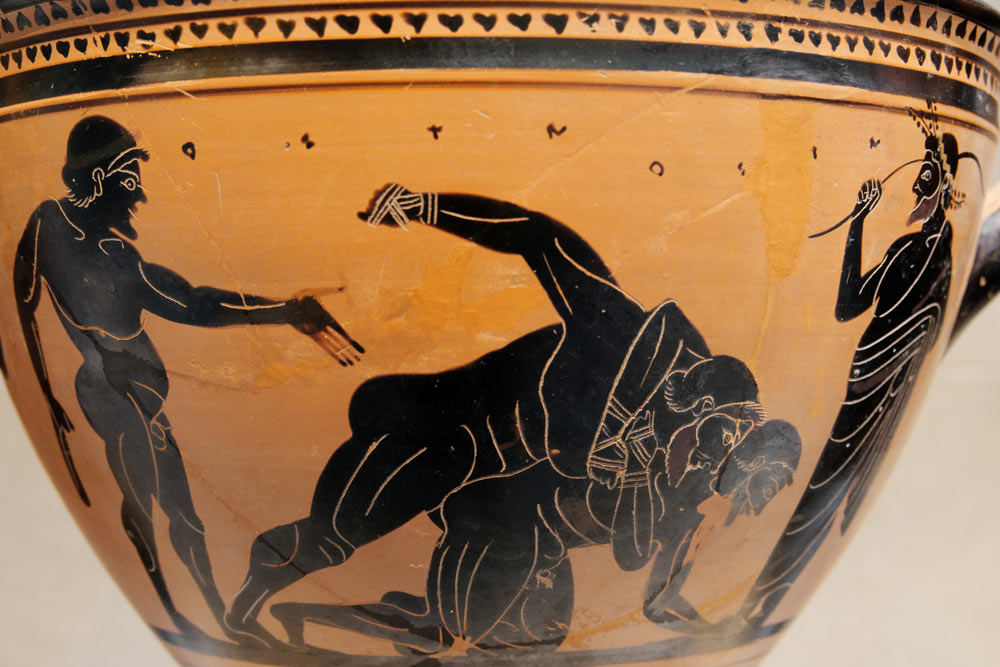
Pankration was a mixed martial art that was well known for its bloodiness. The only two rules know were: no eye gouging and no biting, other than that anything went. The goal was to knock your competitor unconscious or get them to submit. Shown here, an artifact in the Metropolitan Museum of Art showing two pankratiasts fight before a trainer and onlooker around 500 B.C.
Bend Ankles & Twist Arms

A writer named Philostratos who lived around the same time as Flavillianus wrote that pankration competitors are "skilful in various ways of strangulation. They bend ankles and twist arms and throw punches and jump on their opponents." Shown here, a bronze artifact in Staatliche Antikensammlungen in Munich showing two pankratiasts fight it out, second century B.C.
Get the world’s most fascinating discoveries delivered straight to your inbox.
Greek Wrestling
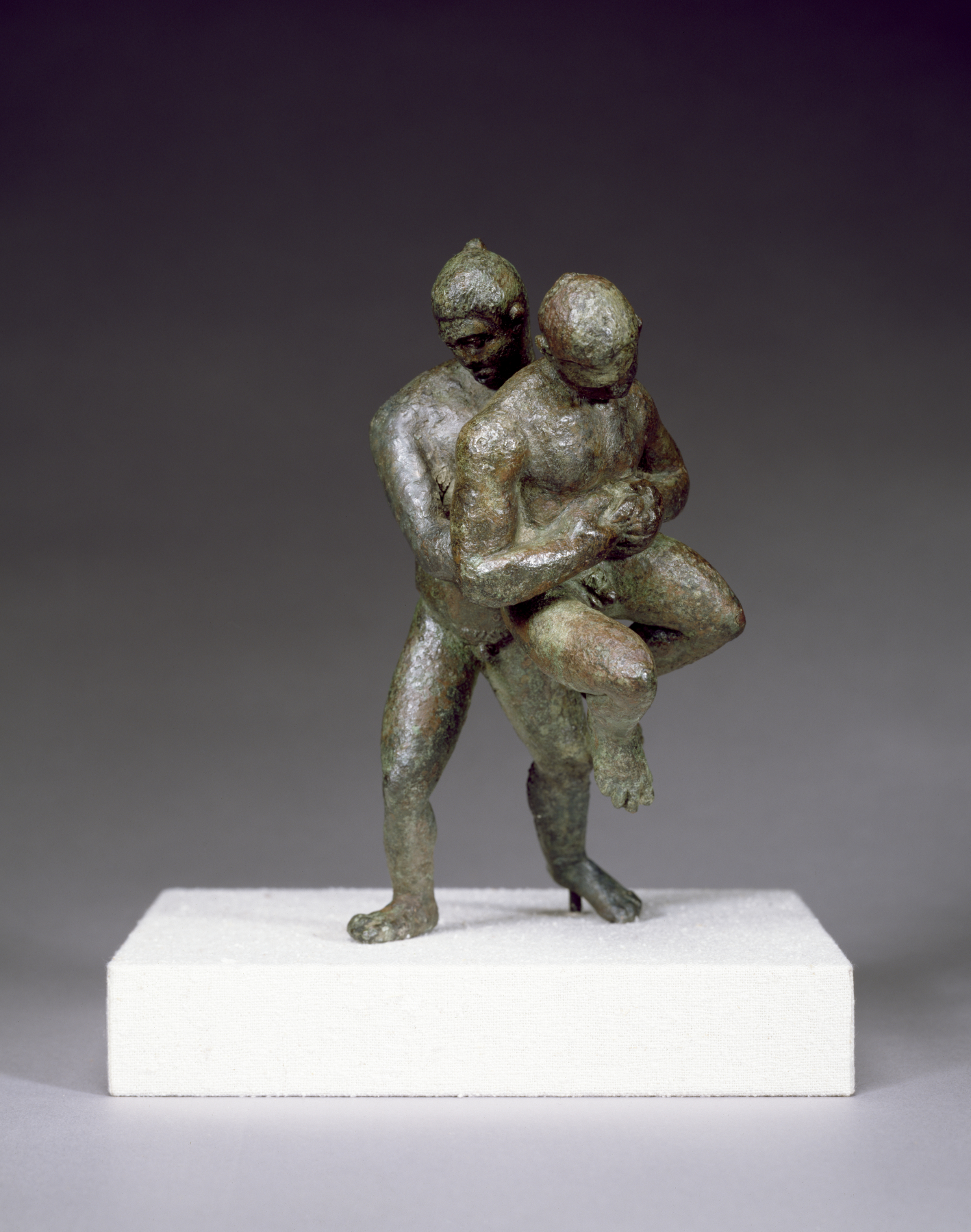
Flavillianus also excelled at wrestling. Unlike modern-day versions of the sport, the goal wasn't to pin your opponent but simply to throw him onto the ground. Whoever threw their opponent three times first won the contest. Shown here, a solid-cast bronze artifact from the second century B.C.
Brutal Boxing
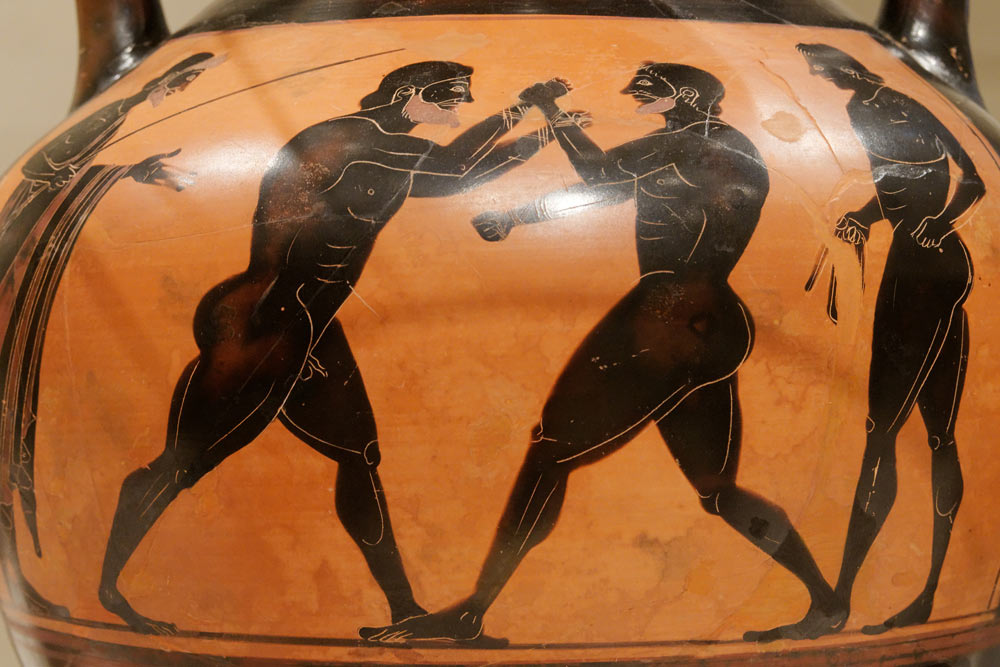
Another Greek combat sport practiced in Roman times was boxing. We have no indication that Flavillianus took part in it. By the third century A.D., a boxing glove known as the caestus was worn that could be filled with metal and glass fragments. One good hit could easily knock a person out. The fight continued until someone was knocked out or signaled submission. Needless to say injuries, including death, were common in this sport.
Modern 'Combat' Sports
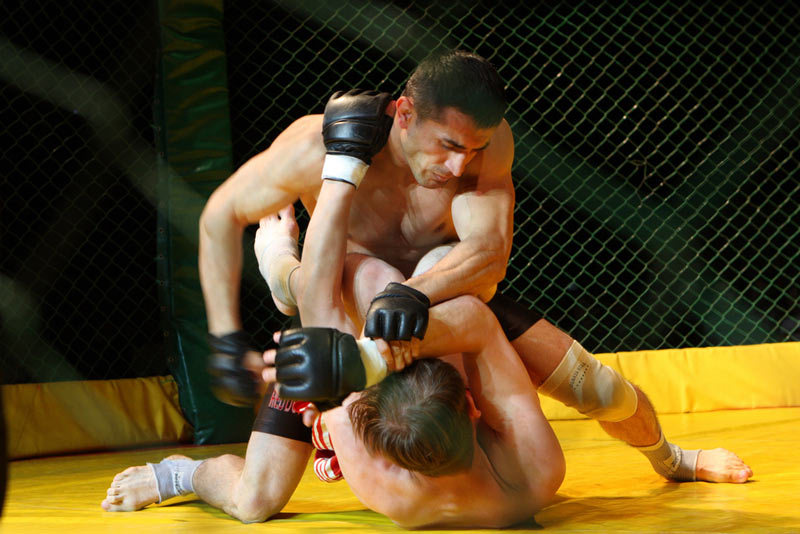
These three sports, pankration (mixed martial arts), wrestling and boxing, are still practiced today, albeit with more rules and safety precautions. Over the last decade mixed martial arts in particular has taken off, becoming a major televised hit.

Owen Jarus is a regular contributor to Live Science who writes about archaeology and humans' past. He has also written for The Independent (UK), The Canadian Press (CP) and The Associated Press (AP), among others. Owen has a bachelor of arts degree from the University of Toronto and a journalism degree from Ryerson University.


